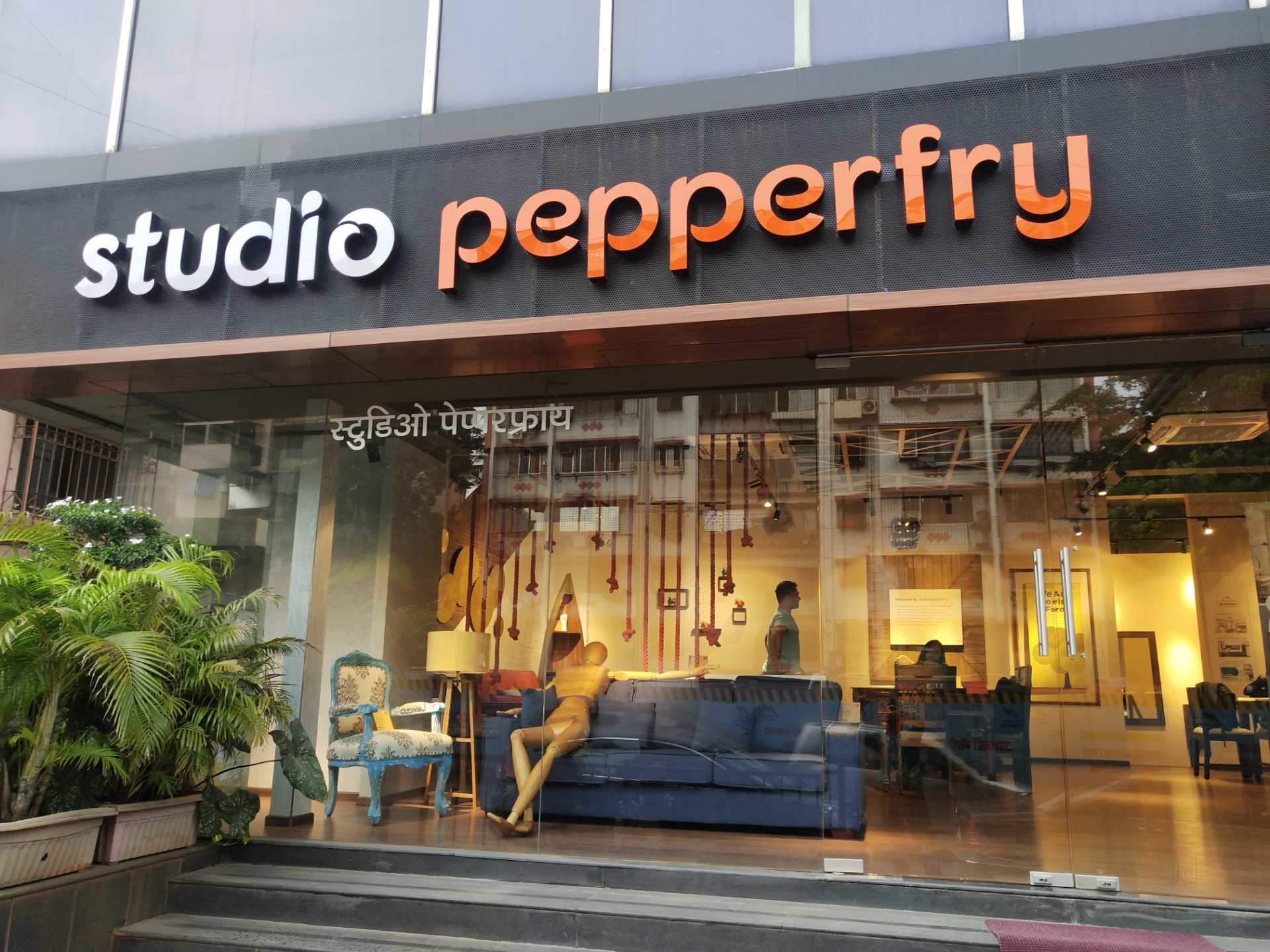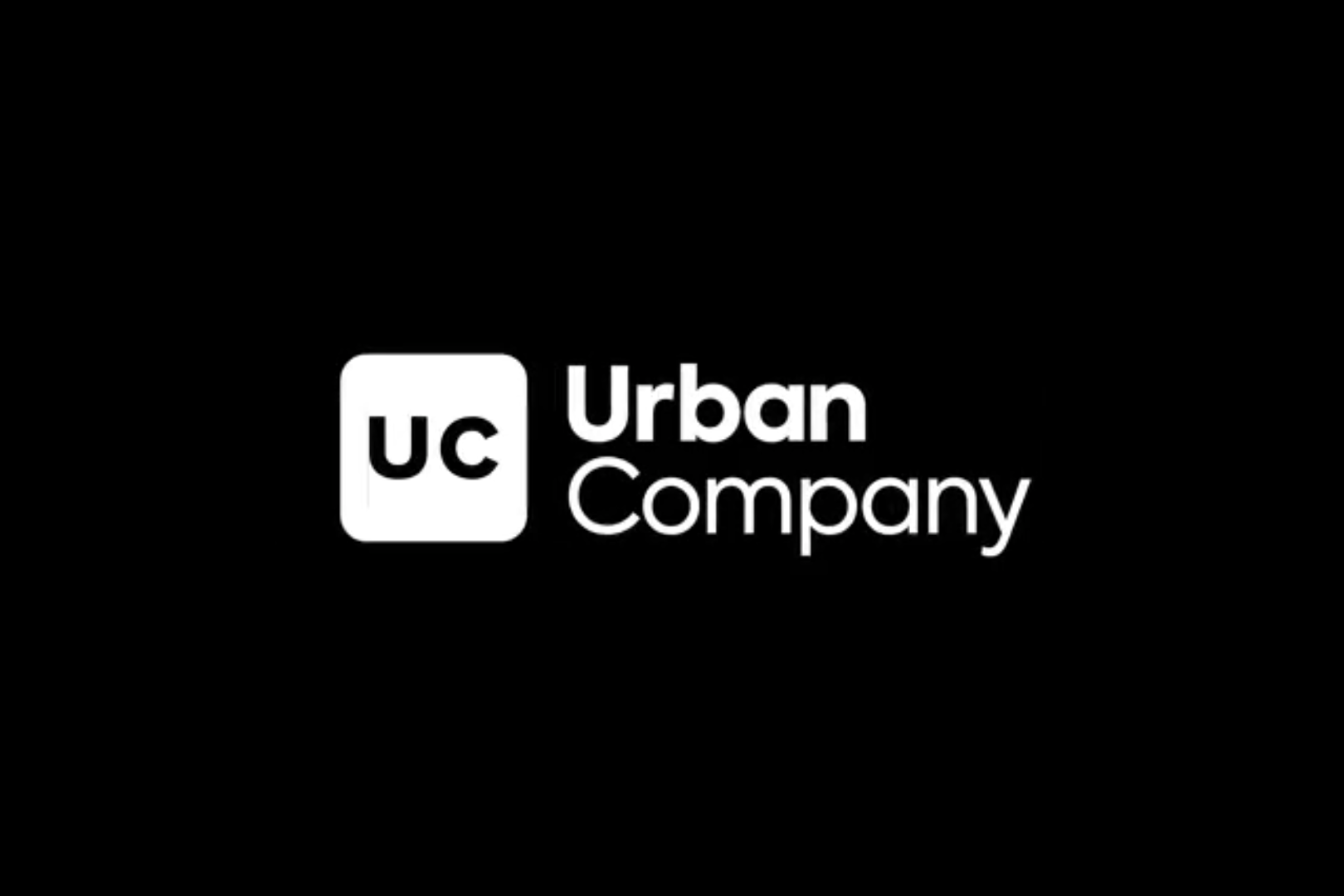Introduction
The company Pepperfry has a wide scope of items that makes a stunning encounter for the clients. Their items and conveyance component have made them the main brand in their class. The Business model of Pepperfry involves its business plan, revenue model, its competitors, SWOT Analysis and many more.

At first, the company was begun to give décor products across the various way of life classifications however then following a year, in 2013, Pepperfry rotated to discover a specialty in the class of selling just decorative items, home stylistic layout, and related items on the website.
Business Plan
The platform focuses on home décor aspects such as lighting, furnishing, housekeeping, dining kitchen appliances and many more. Pepperfry comprises a massive collection of products. It’s simple and advanced mechanism for products and their delivery has helped it occupy a leading position in the market. Pepperfry primarily follows the Omni-channel strategy, which permits the customer to place their order at any time, anywhere and via any device or channel.
The platform primarily operates on a managed marketplace type of business model in which the small and medium business artisans and merchants sell their merchandise via the platform. In this type of model the category team of the platform collaborates with the sellers and after complete checking they obtain certain items through the sellers.
The platform has also recently added the augmented reality (AR) features onto their app which allow customers to virtually situate the furniture in their homes and then make their choices accordingly.
Pepperfry is best known for providing secure delivery service and working as a great platform to help lots of small businesses in promoting their product on their website. Also, they have interior designing professionals who provide free consultations to the customers on interior design needs. They have connected with small and medium-sized business merchants and artisans. These merchants can sell their products through Pepperfry.
Revenue Model
Pepperfry works on a “Managed Marketplace” model, which is an ideal stage for little and medium business craftsmen and shippers, who wish to sell their merchandise to a great many knowing users. At present, the site has over 12000 or more merchant and dealer partners, who can grandstand their plan abilities, craftsmanship, and administrative direction to clients across India and the world. For some partners, it has become an essential part of their pay.
The revenue model of Pepperfry is straightforward. They earn money by selling products. About 80-85% of Pepperfry’s Revenue is generated by selling furniture in the solid wood furniture category.
Competitors
The furniture industry is going through some rapid changes through electronic commerce and gaining good amount of ground in the industry. Here is the list of some of the startup and established brands:
- Homelane
- Urban Ladder
- GoRootz
- Livspace
- Furlenco
- Rentickle
- RentoMojo
- GrabOnRent
- CityFurnish
- Ikea
SWOT Analysis
Strengths
- Presence: The geographic presence in different regions can act as one of the major strength of the organization. It determines the business’s reach to the target market and ensures the easy accessibility. Strong online presence on different social networking sites and efficient social media management can enhance the effect of positive e-WOM and develop strong relationships with customers. The locational advantage can improve the competitive positioning of the firm in various ways, such as- lower cost, improved accessibility or enhanced brand image.
- The wide product portfolio can allow the organization to expand the customer base and offset the losses from one product category with benefits obtained from the other.
- Strong financial position and health can allow the firm to make further investments.
- Budgeting & financing: Access to the suppliers that offer raw material at a lower cost can improve the overall business efficiency. High product quality increases brand loyalty and improves Pepperfry com Marketing to Manage Customer Experience’s performance in a competitive market. The well-developed and efficiently integrated IT infrastructure can improve the operational efficiency and increase knowledge of the latest market trends.
- Organizational: Workplace diversity can also act as a major business strength, particularly when the organization intends to operate in the international market. The horizontal and/or vertical integration can increase the control over whole value chain, result in improved access to raw material and quick product delivery to the final customer. Competent and committed human capital can act as a powerful source of competitive advantage, particularly when business is service oriented in nature.
Weaknesses
- The organization can draw the criticism from the environmentalists for its poor waste management practices and inability to integrate sustainability in business operations.
- The company may lose efficiency due to poor inventory management practices. The shortage or excessive inventory can either result into
- Cash Reserves: The cash shortage or insufficient current assets negatively affect the liquidity position and harms the overall business performance. Less expenditure on the research and development activities can weaken the company performance due to poor local/international market knowledge.
- Customer’s need: The inability to understand customers’ needs and expectations lead to an ineffective strategic decision-making process. With this weakness, the organization may not be able to identify the potential improvement seeking areas in product/service mix. The poor customer service (such as inefficient customer complaint handling) can trigger the negative word of mouth about the business and affect business growth. The decision making in the Pepperfry com Marketing to Manage Customer Experience takes too much time, causing expensive delays in introducing new products in the market.
- Organizational culture: also becomes a big internal weakness when it does not align with the strategic/business objectives. For example, the main strategic objective of the chosen business organisation is to launch innovative and new products in the market. But there exists a risk averse attitude prevailing in organisational culture, which discourages employees from thinking creatively. The misalignment between the organisation’s leadership style and its core strategic objectives can make the business organisation directionless. Poor project management practices can internally weaken the ability of the organisation to successfully open new branches or expand the product line. Lack of organisational commitment and high employee turnover can increase recruitment costs and reduce organisational productivity.
Opportunities
- Tech Development: The development of new technologies to assist the product/service production and delivery process can be exploited to embed the innovation in business operations. The advanced technological integration can decrease costs, improve efficiency and result in the quick introduction of innovative products.
- New Market: The emergence of e-commerce and social media marketing as a trend can be a great opportunity for Pepperfry com Marketing to Manage Customer Experience if it can ensure strong online presence on different social networking sites. The emergence of new market segments and new niches provide business and product line expansion opportunities.
- The diminishing boundaries and rising global interconnectedness allow the organization to get into the international market; target geographically dispersed customer base and increased profitability.
- Improvement in the customers– lifestyle and standards mean more consumption on consumer goods and services, and more opportunities to encourage the purchase.
Threats
- Shortage of skilled labor in the market can make it difficult for the organization to attract talent with the right skills set.
- Competitors: The increasing number of direct and/or indirect competitors affects the organization’s ability to sustain and expand the customer base.
- Economic Conditions: The deteriorating economic conditions affect business performance when they directly influence the customers’ spending patterns and purchasing power. The rise in inflation increases the cost of production and affects the business profitability.
- The growing environmental sustainability trends act as a major threat when offered products/services are not environment friendly. It draws the negative publicity and criticism from the environmentalists and affects the brand image in a competitive market.
- The globalization pushes the organization to cross national boundaries and deal with cultural diversity, which may have a detrimental impact if the organization lacks the cultural intelligence.
Conclusion
Pepperfry’s platform has ventured its way into both the online and offline operations and has established stores all across the Indian nation. The online ecommerce venture has managed to establish a prominent position in the furniture industry’s market and its position has not shaken in spite of the heavy competition it has faced among all the other platforms exploring this industry.




